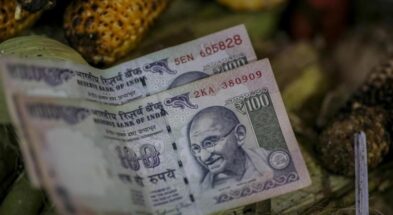When travelling to India, whether for business, leisure or to visit family, it’s important to be aware of the rules and regulations concerning the amount of money you can carry with you without having to declare it. India’s customs and foreign exchange regulations are designed to facilitate legitimate travel while also ensuring proper financial reporting. So, what is the maximum amount you can carry to India without declaring it? Let’s delve into the details.
According to India’s regulations, any person entering or leaving the country is required to declare the currency or monetary instruments as currency notes, bank notes or travellers’ cheques, they are carrying if the total value exceeds USD 10,000 or its equivalents. This declaration must be made using the Currency Declaration Form (CDF) provided by the customs authorities. It’s essential to accurately declare the amount, as failure to do so can result in penalties or confiscation of the excess currency.
Declaration of foreign exchange/currency has to be made before the Custom officers in the following cases:
1. Where the value of foreign currency notes exceeds US $5,000 or equivalent.
2. Where the aggregate value of foreign exchange including currency exceeds US $10,000 or equivalent.
Rules for Indian Residents and Non-Residents
Indian Residents: Indian residents travelling to India are allowed to carry up to INR 25,000 in Indian currency notes. Beyond this limit, they are required to declare the amount and fill out the CDF.
Non-Residents: Non-resident travellers, which include NRIs (Non-Resident Indians) and foreign tourists, can carry foreign currency notes and coins without any limitation. However, if the total value of foreign currency notes exceeds USD 5,000 or its equivalent, they must declare it using the CDF.


















